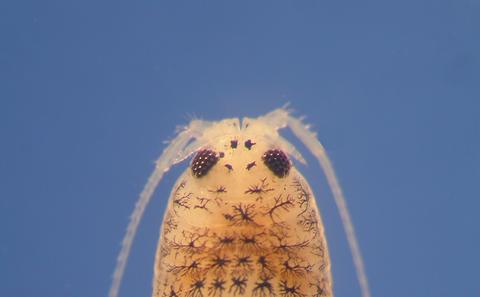Time and tide: biological clocks in non-circadian animals Event

For more information regarding this event, please telephone Kim Lipscombe on 02380597747 or email K.R.Lipscombe@soton.ac.uk .
Event details
All organisms synchronise their behavior and physiology to regular changes in their environment using so-called biological clocks. Terrestrial organisms tend to synchronise or ‘entrain’ to monotonous changes in light and dark that occur each day. In contrast to the well mapped molecular orchestration of timekeeping in terrestrial organisms, the mechanisms that direct circatidal (12.4h) and lunar (24.8h) rhythms in marine animals have yet to be defined.
Indeed the existence of ‘tidal’ or ‘lunar’ clocks has been disputed. We have used multiple approaches, including behavioural, biochemical, and molecular, to shed light on the mechanistic basis of tidal rhythms in a small marine crustacean, Eurydice pulchra, and show for the fist time show that circatidal phenotypes are driven by distinct tidal clocks.
- Terrestrial organisms synchronise their behavior and physiology to daily cycles of light and dark.
- Endogenous ‘biological clocks’ govern these 24h ‘circadian’ rhythms of behaviour and physiology.
- Whilst circadian clocks are well characterised at the cellular and molecular level, non-circadian oscillators have not been described.
- Many marine organisms adapt to intertidal niches with 12.4h (circatidal) rhythms of activity and physiology.
- We show behavioural, cellular and molecular evidence for a distinct 12.4h time-keeping system that orchestrates circatidal phenotypes in a small intertidal crustacean.
Speaker information
Dr David Wilcockson,Aberystwyth University